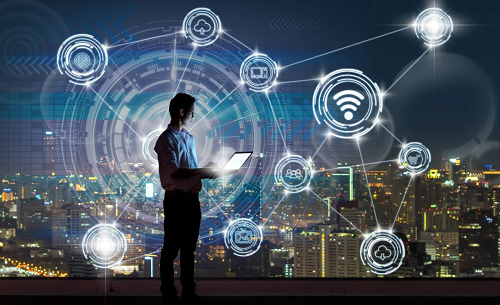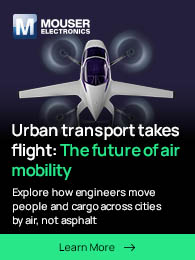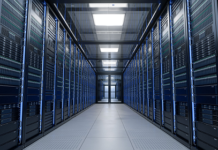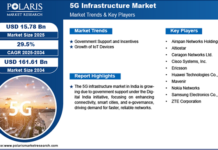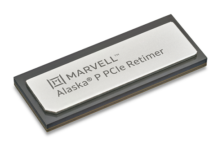In recent years, the line between traditional electronics and connected technology has blurred. From smart speakers and wearable health trackers to intelligent home systems, consumers surround themselves with devices that not only perform tasks but also communicate with one another. This wave of connectivity has ushered in a new era of convenience, personalization, and innovation.
The Expansion of Smart Ecosystems
One of the biggest shifts in consumer electronics is the development of ecosystems. No longer do we view a smartphone as just a phone or a television as just a screen. Instead, they act as central hubs that sync with multiple devices, creating seamless experiences across different aspects of life. Smart refrigerators can notify users when groceries run low, while connected lighting systems adjust brightness based on the time of day or mood.
What makes these systems powerful is their ability to work together. The more devices are linked, the more personalized and efficient the user experience becomes. With AI integration, devices can learn patterns of behavior, predict needs, and even automate routine tasks.
The Role of IoT in Everyday Life
The Internet of Things (IoT) is the driving force behind this transformation. It connects devices to the cloud, allowing real-time data collection, sharing, and decision-making. This has applications across industries, from healthcare, where wearable sensors monitor patient health, to logistics, where connected trackers optimize supply chains.
For consumers, IoT translates into smarter homes, wearable fitness trackers, and portable devices that bridge the gap between convenience and personalization. Many of today’s modern portable devices, including those designed for activities like vaping, are equipped with sensors and wireless connectivity that make them essential tools for work, entertainment, and lifestyle enhancement.
Enhancing User Experience Through AI
Artificial intelligence plays a central role in shaping how we interact with smart devices. AI-driven assistants like Alexa, Siri, and Google Assistant have redefined voice interaction, while predictive algorithms help tailor content, services, and product recommendations to individual users.
AI is also being embedded into devices in more subtle ways, think of noise-canceling headphones that adapt to your environment or wearable devices that adjust fitness recommendations based on real-time biometrics. These innovations make technology feel more responsive and personal.
Sustainability and Smart Technology
With the rise of connected devices, concerns about sustainability and energy use are becoming critical. Electronics manufacturers are designing products that consume less energy, utilize recyclable materials, and extend product lifespans through software updates. Smart home systems also help users reduce energy waste by automatically managing heating, cooling, and lighting based on occupancy.
Sustainability is not just a selling point; it’s becoming a necessity as consumers demand environmentally conscious solutions. As technology becomes further integrated into daily life, balancing convenience with eco-responsibility is key.
Security Challenges in a Connected World
As connectivity spreads, cybersecurity has become a pressing issue for smart devices. Every connected gadget, from a smart thermostat to a wearable watch, presents a potential entry point for malicious actors. Manufacturers are now investing heavily in encryption, secure data storage, and multi-layered authentication methods to protect user information. Consumers, too, are becoming more aware of best practices such as updating firmware regularly and using secure networks.
The future of smart technology depends not only on innovation but also on trust. Without robust security, even the most advanced devices risk being underutilized. Building confidence through transparency and strong protection measures will be critical to widespread adoption.
Looking Ahead: What’s Next?
As 5G networks expand and edge computing matures, smart devices will become even faster, more reliable, and capable of handling complex tasks locally. We can expect augmented reality (AR) and virtual reality (VR) integration to enhance how we work and play, while biometrics and advanced security features will continue to protect personal data.
Another area to watch is the growing role of smart devices in healthcare. Remote monitoring tools, AI-driven diagnostics, and connected medical devices will transform how patients and doctors interact. This shift could reduce hospital visits, improve preventative care, and make healthcare more accessible worldwide.
The convergence of AI, IoT, and next-generation connectivity will continue to blur the boundaries between physical and digital life. What began with a smartphone has now expanded into a vast web of intelligent devices that define modern living.
Conclusion
The rise of smart devices is more than just a technological trend—it’s a shift in how people interact with the world. Connectivity is no longer optional; it’s the backbone of innovation, shaping products and services across industries. As consumers grow accustomed to this level of integration, smart technology will continue to evolve, making everyday life more connected, efficient, and sustainable.



